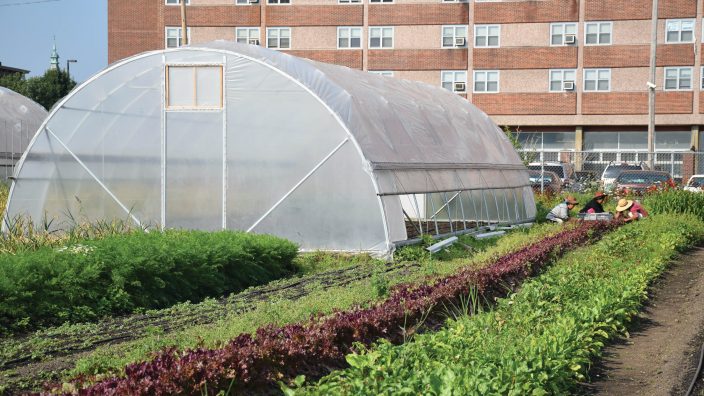Applications for Ohio Farm Bureau Health Plans now available
Members have three ways to apply: contacting a certified agent, calling 833-468-4280 or visiting ohiofarmbureauhealthplans.org.
Read More
Black Farming: “Beyond 40 Acres and a Mule” was held virtually in September, with support from Ohio Farm Bureau and Nationwide.
The conference discussed the influential history of black farmers in Ohio with an emphasis on the strength of community, preparing the next generation of underrepresented farmers for the future and cultivating the cooperative business model to promote healthy farming and sustainable businesses.
Among the keynote speakers was award-winning American historian Anna-Lisa Cox, author of “The Bone and Sinew of the Land: America’s Forgotten Black Pioneers and the Struggle for Equality.” She told attendees about the deep roots of African Americans in the Midwest and how many of them farmed in this part of the country well before the Civil War.
“During that time period a lot of historians assumed there were very few African Americans in the Midwest and very few African American farmers,” Cox said. “To many this would seem an impossibility. Didn’t African Americans arrive in the Midwest in the 20th century as part of the Great Migration? Weren’t they urban?”
Cox said yes, those things did happen, but there was an earlier Great Migration — tens of thousands of African Americans, many of them born free, who moved into the Midwest in the earliest days of settlement of Ohio and the Midwest.
“Over 63,000 African Americans lived in Ohio, Indiana, Illinois, Michigan and Wisconsin before the Civil War,” Cox said. “They were living primarily in rural regions, farming land they owned in over 330 African American farming communities scattered across those five states, 95 settlements in Ohio alone.”
Between 1787 and 1838, over 4 million settlers moved into this region and at this time success meant owning good land and farming it well, according to Cox.
“African Americans did farm the land well,” Cox said. “They came early, they picked out excellent land and they succeeded, but this is not what history books have told us and this is not what most people think of when they think of the Midwest. These are the facts.”
Cox said African Americans were living and farming in the Midwest before many white people arrived and they did better than many of their white neighbors.
“African American farmers had to face incredible violence and racism from white neighbors and from some of the most powerful elite whites in their state because of that success,” Cox said.
Prior to the Civil War, owning land, regardless of skin color, meant citizenship and the right to vote. Ohio, however, was one of the first states to take that voting right away as the statehood process began in the early 1800s.
“The whites, who created the first Ohio Constitution, put the word ‘white’ in when it came to who could vote and who was considered a citizen, stealing those rights from some of the earliest black citizens of the state,” Cox said. “Those black farmers stayed and used their land and wealth to fight that injustice.”
A lot has changed in the past two centuries in terms of voting rights and citizenship, as well as the agricultural landscape. Terry Cosby is Ohio’s state conservationist with the U.S. Department of Agriculture’s Natural Resources Conservation Service. He spoke at the conference about the urban farming efforts being made across the state.
“The thing that makes Ohio so unique is how we are fragmented and we have a huge population in a very urban state,” Cosby said. “We have seven cities in the state with over a million people and that makes access to land and food sometimes challenging. One out of every seven Ohioans are food insecure and that is a problem.”
To solve this problem, Cosby worked with U.S. Rep. Marcia Fudge on ways to grow food indoors in one of Ohio’s most urban cities — Cleveland.
“We talked about ways to extend the growing season because weather in Cleveland can be difficult to grow food for a long period of time, so we looked at the option of hoop houses for production and everyone bought into this concept,” Cosby said. “We’ve created a lot of partnerships and met a lot of people and we have had great progress.”
Key stakeholders, from the Farm Service Agency to Soil and Water Conservation Districts to the Mid-Ohio Food Bank, have been a part of that progress, from helping farmers with leases, building permits and access to water, to outreach and education, he said. Since 2012, thanks in part to a $2.7 million investment, 175 high tunnels have been installed between Cleveland and Akron and it has changed the feel of entire neighborhoods. “Neighbors know each other now because they are out in their gardens in the evenings working and that time has become a social event and they are watching out for each other,” Cosby said. “I think a lot of these hoop houses and high tunnels have had a positive impact on their neighborhoods and they are enjoying the fresh fruits and vegetables they are growing.”
Cosby also sees an opportunity to recruit a younger generation of agriculturalists who might otherwise never consider a career path in food production.
“Instead of sitting inside playing video games, this gives kids a chance to get outside and figure out how farming works,” Cosby said. “We also need to explain to our youth that if you go into agriculture as a career, it’s not about picking cotton anymore. There are many different things that the industry has to offer and we need to get more young people involved. Initiatives like this are one way to do that.”
Featured Image: A topic of discussion at the conference was producing food in urban areas for residents that struggle with access to freshly grown food. Since 2012, one initiative has resulted in 175 high tunnels installed between Cleveland and Akron, which help bring city dwellers together and help solve the problem of food insecurity.
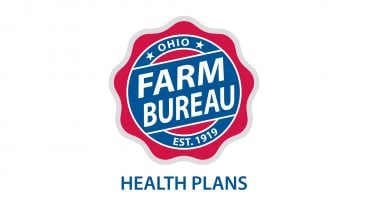
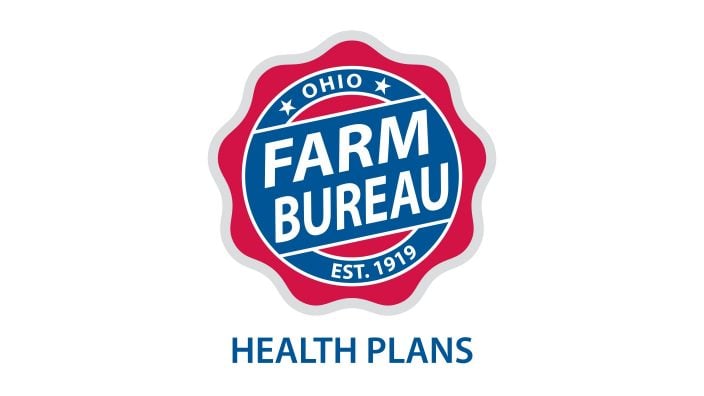
Members have three ways to apply: contacting a certified agent, calling 833-468-4280 or visiting ohiofarmbureauhealthplans.org.
Read More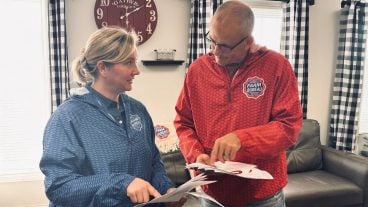
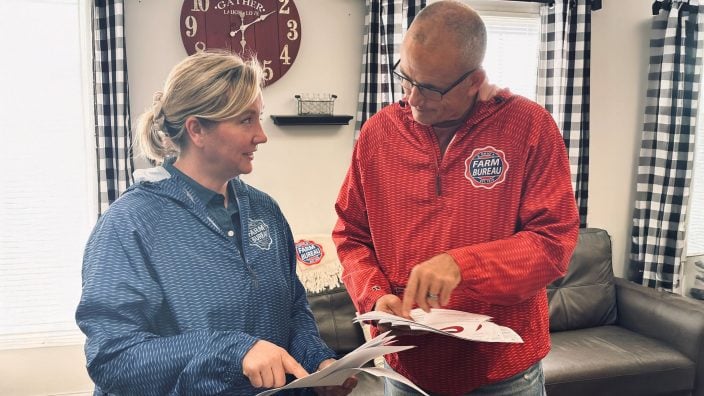
One of the best decisions Shannon and Heather Utter made a few years ago was looking into a Farm Bureau member benefit that has ended up saving them thousands of dollars on their energy bills.
Read More

Ryan Hiser has experienced first-hand the importance of having the opportunity to vote on issues that will affect his family operation and other farmers.
Read More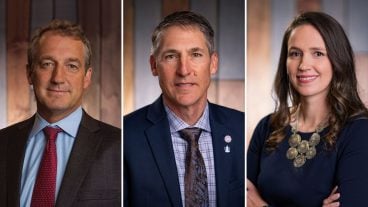
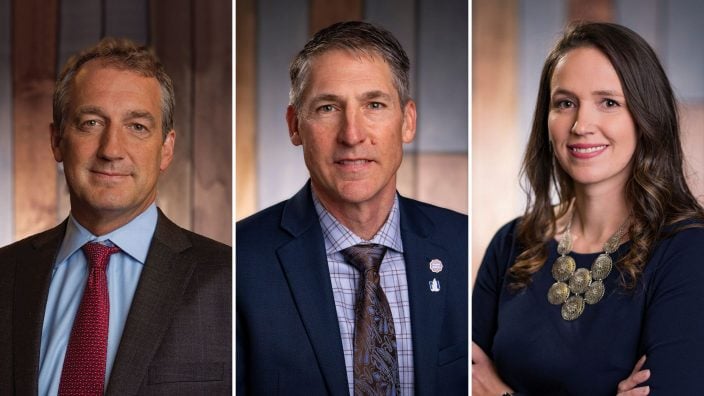
Bill Patterson, Cy Prettyman and Adele Flynn will continue to serve as officers for Ohio Farm Bureau Federation.
Read More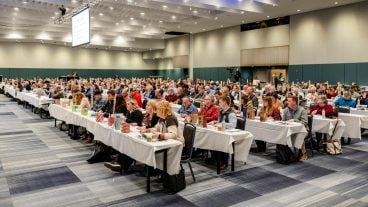
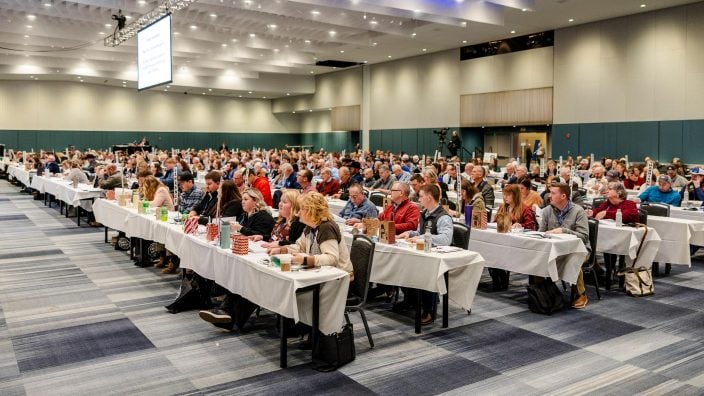
Delegates discussed many topics impacting agriculture including farmland preservation, local foods, and succession planning.
Read More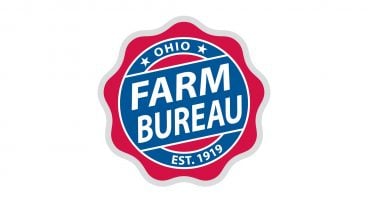
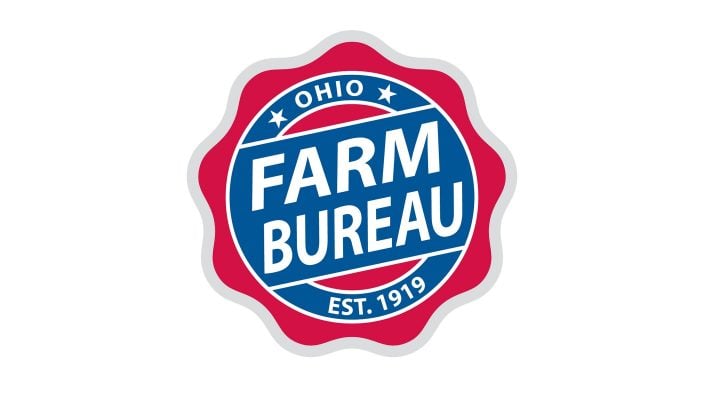
Twenty-six farmers govern the state’s largest farm and food organization.
Read More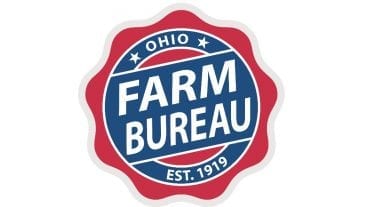
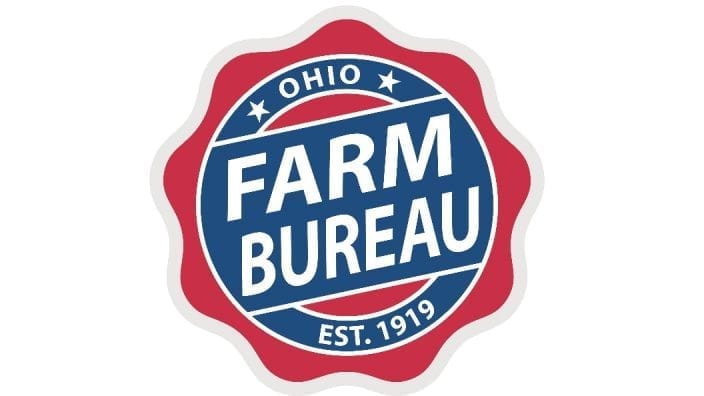
The 2025 recipients are Fred Cooke (posthumous) of Richland County, Marvin Dietsch of Williams County, Steven Knollman of Hamilton County and Michele Miller (posthumous) of Ottawa County.
Read More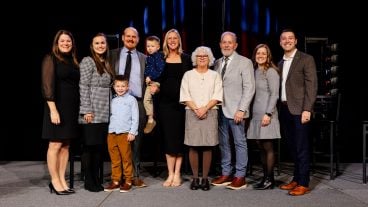
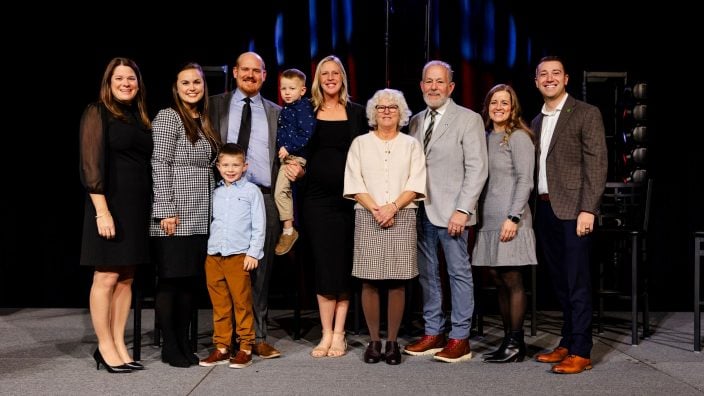
Nathan and Jill Parriman grow seasonal crops, including Christmas trees, pumpkins and cut flowers, providing U-cut experiences that invite customers to engage directly with agriculture.
Read More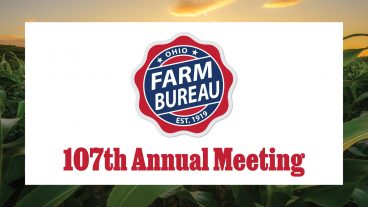
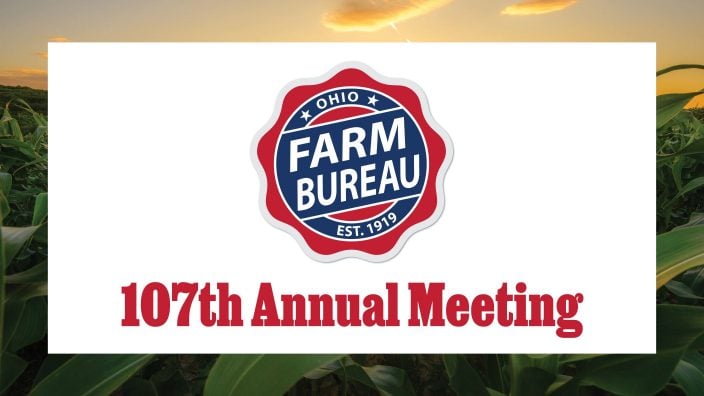
The 2025 Distinguished Service Award recipients are Craig Adams, Mike Townsley, and Kellogg Farms, Kurt Farms and Stateler Family Farms.
Read More
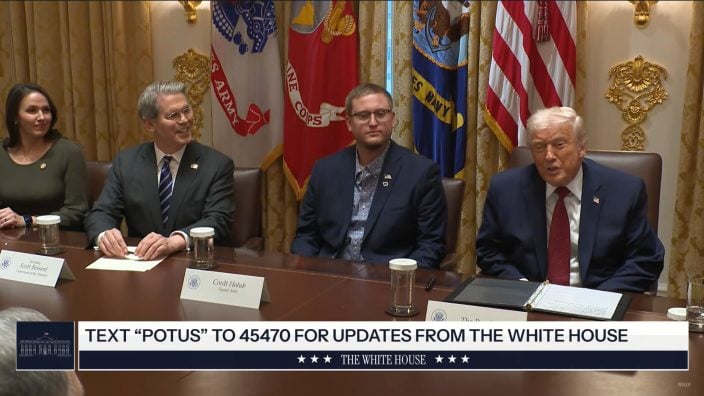
Ohio Farm Bureau Treasurer Adele Flynn participated in the meeting, representing Ohio farmers.
Read More